If you decide to visit somewhere you've never been before, how do you find your way? If you're in a car, the driver...

|
Scooped by
Catherine Smyth
onto Primary history- First Contacts March 1, 2015 6:57 PM
|





 Your new post is loading...
Your new post is loading...

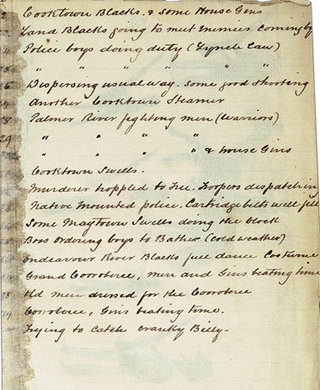



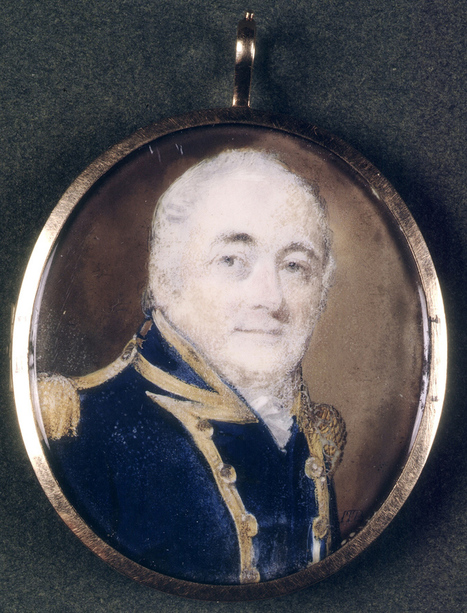


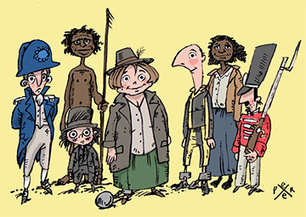





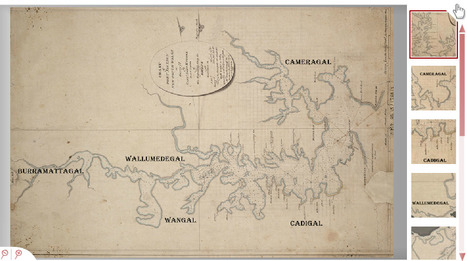





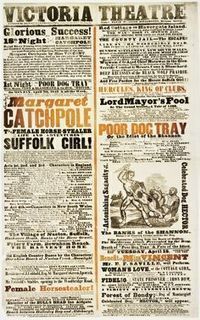


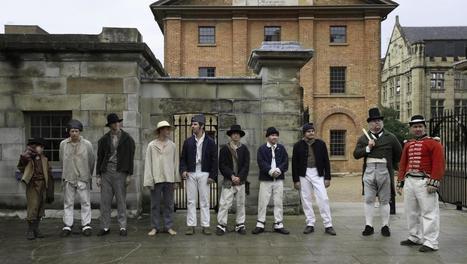










Why did people explore the world over 200 years ago? How did explorers navigate their way around the globe? DIscover how Captain James Cook found his way through the interactive resources on the splash website.